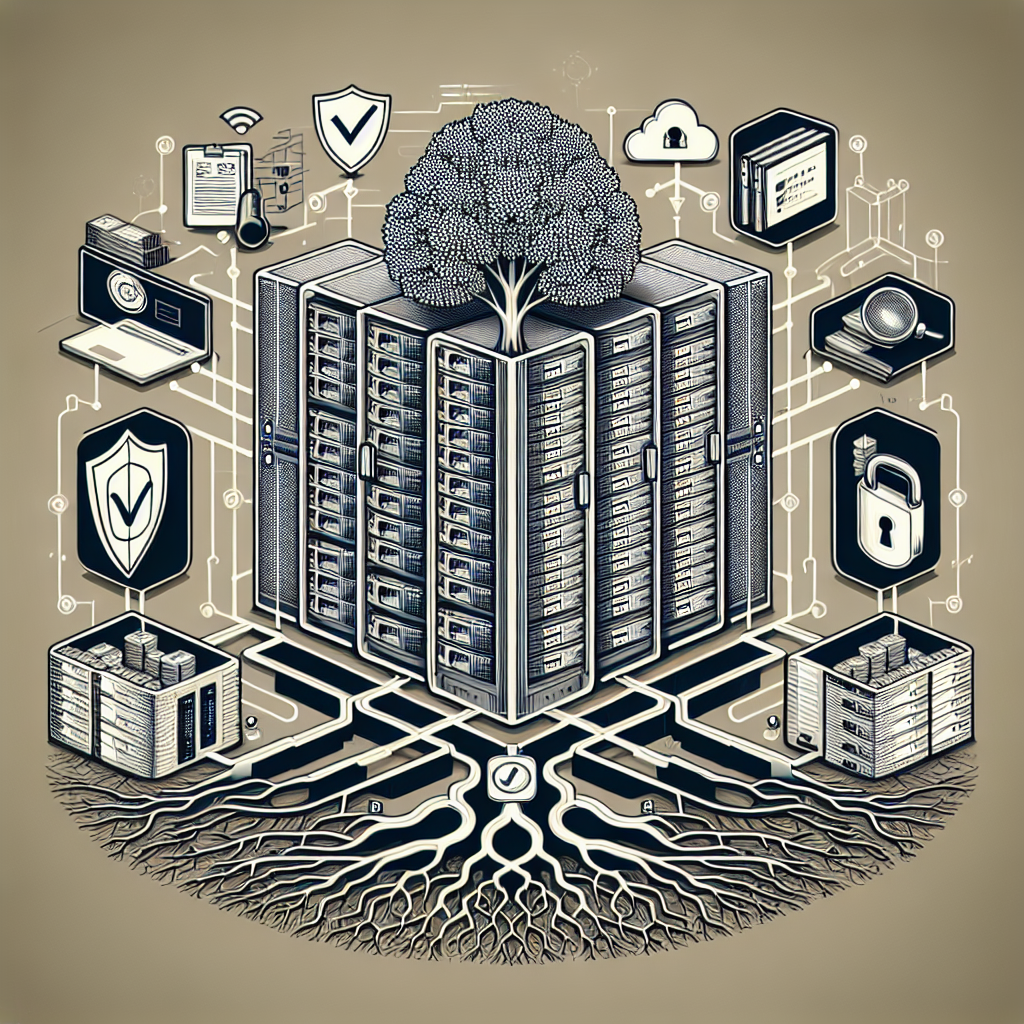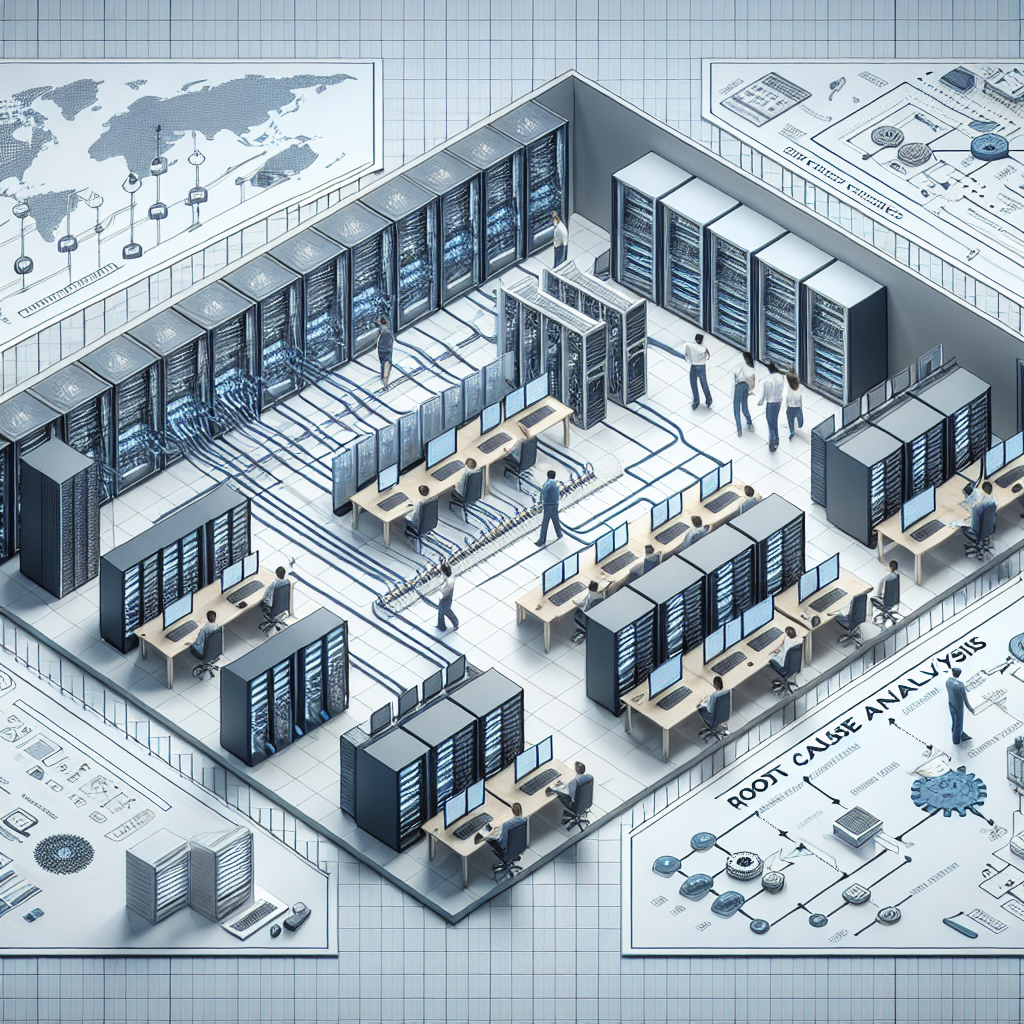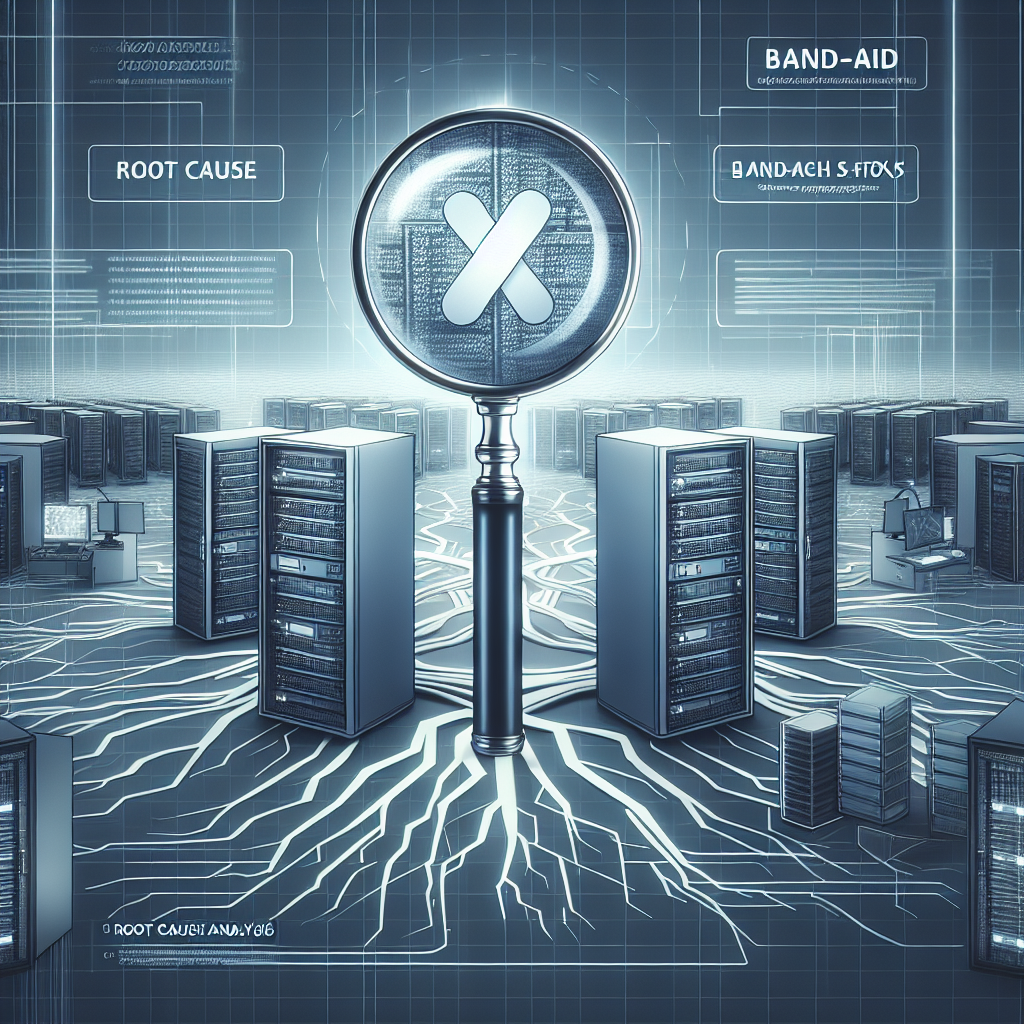Data centers are the nerve centers of modern businesses, housing critical IT infrastructure and sensitive data. With the increasing frequency and sophistication of cyber attacks, ensuring the security and compliance of data centers has become a top priority for organizations. One effective approach to addressing security and compliance challenges is Root Cause Analysis (RCA).
Root Cause Analysis is a methodical process used to identify the underlying causes of a problem or incident. By digging deep into the root causes of security breaches or compliance violations, organizations can not only address the immediate issues but also prevent them from recurring in the future.
When it comes to data center security and compliance, Root Cause Analysis offers several key benefits:
1. Identifying Vulnerabilities: By conducting a thorough RCA process, organizations can uncover vulnerabilities in their data center security measures. This can include gaps in access controls, inadequate monitoring systems, or outdated software that could be exploited by attackers. By identifying and addressing these vulnerabilities, organizations can strengthen their defenses and reduce the risk of a security breach.
2. Preventing Recurrence: One of the primary benefits of Root Cause Analysis is its ability to prevent incidents from happening again. By addressing the underlying causes of security breaches or compliance violations, organizations can implement corrective actions to prevent similar incidents in the future. This proactive approach can help organizations avoid costly data breaches and regulatory fines.
3. Enhancing Compliance: Data centers are subject to a myriad of regulatory requirements, such as GDPR, HIPAA, and PCI DSS. Failure to comply with these regulations can result in hefty fines and damage to an organization’s reputation. Root Cause Analysis can help organizations ensure compliance by identifying gaps in their processes and controls, and implementing measures to address them.
4. Improving Incident Response: In the event of a security breach or compliance violation, a well-executed Root Cause Analysis can help organizations improve their incident response processes. By analyzing the root causes of an incident, organizations can identify areas for improvement in their detection and response capabilities, enabling them to respond more effectively to future incidents.
In conclusion, Root Cause Analysis is a powerful tool for enhancing data center security and compliance. By identifying vulnerabilities, preventing recurrence, enhancing compliance, and improving incident response, organizations can strengthen their defenses and safeguard their critical data and infrastructure. Implementing a robust Root Cause Analysis process can help organizations stay ahead of cyber threats and regulatory requirements, ensuring the security and compliance of their data centers.










